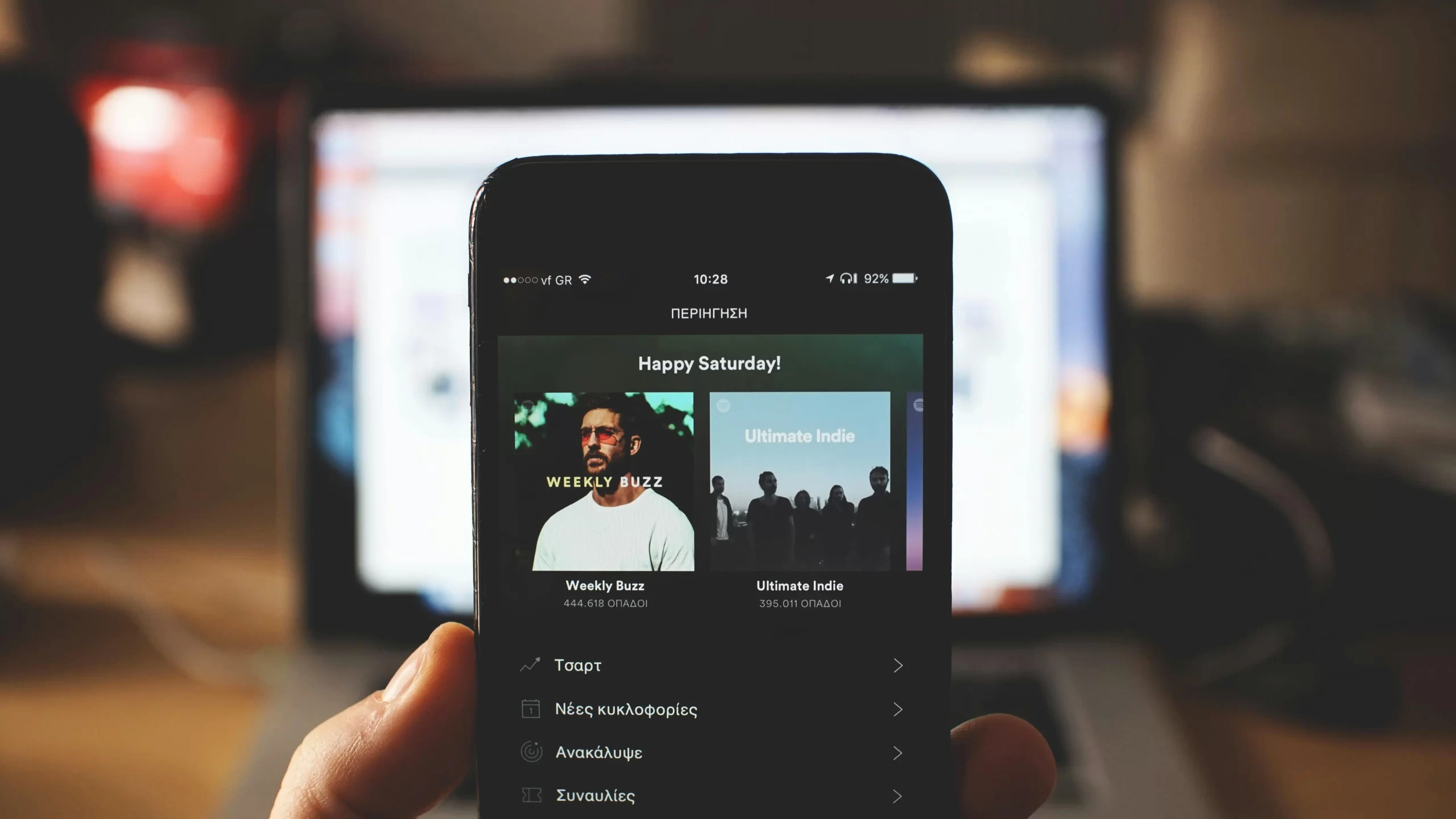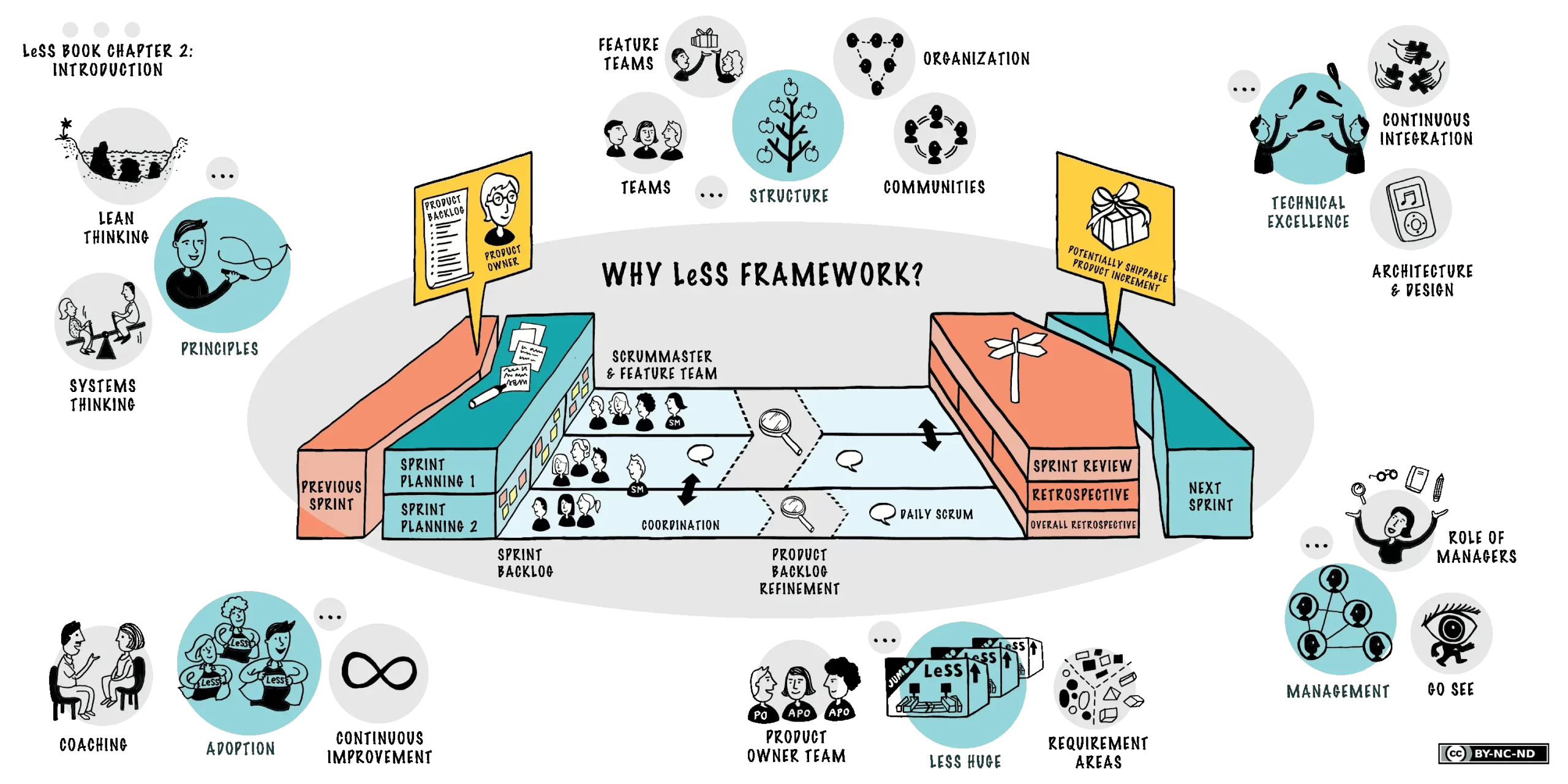Case Studies
Spotify’s Agile Scaling Model: Team Autonomy & Data-Backed Planning

Spotify has revolutionized the way music is consumed—not just through streaming technology but by pioneering a unique agile scaling model. Unlike traditional corporate structures, Spotify prioritizes team autonomy, rapid experimentation, and data-driven decision-making to maintain its competitive edge.
Daniel Ek, Spotify’s CEO, once stated, “We aim to make sure that teams are empowered to make decisions as fast as possible and to adapt to what the user wants.” This philosophy is embedded in the company’s agile “Squad Model”, which balances flexibility with structured planning to drive continuous innovation
How Spotify’s Agile Model Powers Innovation
Spotify’s approach to agility is built on decentralized, cross-functional squads that operate like mini-startups within the company.
- Autonomous Squads – Small, self-organizing teams with end-to-end ownership of features.
- Tribes & Chapters – Squads are grouped into Tribes for collaboration, while Chapters ensure knowledge sharing.
- Data-Driven Development – Product decisions are backed by real-time user analytics and A/B testing.
- Lean & Adaptive Execution – Squads continuously iterate based on user feedback, reducing failure risk.
Example: The decision to launch Spotify’s Discover Weekly playlist came from an experimental squad testing AI-driven recommendations, which later became a flagship feature.
Key Performance Indicators (KPIs) Driving Spotify’s Success
Spotify’s agile model thrives on measurable goals and iterative improvement, with KPIs that ensure agility doesn’t compromise business outcomes.
- Monthly Active Users (MAU) – Tracks platform engagement and growth.
- User Retention Rates – Measures how effectively new features maintain long-term user interest.
- Feature Adoption Speed – Evaluates how quickly squads deliver and scale new innovations.
- Conversion from Free to Premium – Monitors monetization effectiveness.
- Squad Productivity Metrics – Assesses velocity, sprint completion rates, and efficiency.
Example: Data-driven decisions helped Spotify increase Premium subscriptions by 30% in one year by optimizing personalized recommendations.
Gamification & User Engagement
Spotify leverages gamification strategies to enhance both user engagement and employee performance.
- Personalized Playlists & Rewards – Features like Spotify Wrapped create engagement through personalized data insights.
- A/B Testing Culture – Teams compete to develop and refine new features based on real-time user data.
- Internal Hackathons – Employees engage in rapid prototyping and creative problem-solving challenges.
- Progressive User Journeys – Unlockable badges and listening milestones keep users engaged.
Example: Spotify Wrapped’s yearly listening recap creates viral engagement, increasing user retention and social sharing.
Applying the Total Football Framework (TFT) to Spotify’s Agile Model
Spotify’s agile scaling aligns seamlessly with the Total Football Teams (TFT) Framework, which emphasizes adaptive teamwork, real-time strategy shifts, and seamless coordination.
- Cross-Squad Role Fluidity – Just as TFT players dynamically switch positions, Spotify squads adjust roles based on project needs, ensuring adaptability.
- Real-Time Decision Making – TFT principles emphasize fast, on-the-go adjustments, similar to how Spotify squads pivot feature development based on live data.
- Seamless Collaboration Across Squads – TFT’s coordinated play mirrors how Spotify’s Tribes and Chapters function, ensuring alignment across multiple innovation teams.
- Continuous Optimization – Like TFT’s match analysis, Spotify iterates through constant feedback loops, refining features through real-world testing.
Example: If Spotify integrates AI-driven TFT-style workforce allocation, it can optimize squad assignments dynamically, improving project turnaround times by 20-30%.
The Future of Agile at Spotify
Spotify continues to evolve its agile approach, focusing on:

- AI-Powered Content Discovery – Enhancing personalization through machine learning-driven recommendations.
- Sustainability in Streaming – Exploring eco-friendly data center solutions to reduce energy consumption.
- Expansion Beyond Music – Increasing investment in podcasts, audiobooks, and interactive content.
- Real-Time Audio Adaptation – Developing AI-driven tools to customize listening experiences based on mood and behavior.
Example: Spotify’s AI-driven real-time audio personalization could revolutionize the way users interact with music and spoken content, adjusting playback dynamically based on their environment.
Final Takeaways: Why Spotify’s Agile Model Works
Spotify’s success is driven by a culture of experimentation, autonomy, and rapid execution, ensuring that agility fuels, rather than hinders, innovation.
- Small, empowered squads drive fast-paced innovation.
- Data-backed decisions ensure measurable product impact.
- Gamification enhances both user engagement and team motivation.
- TFT-inspired agility enables seamless collaboration across teams.
Spotify isn’t just streaming music—it’s redefining the future of agile, data-driven innovation. The real question is: How can other companies apply this model to scale their own operations?
